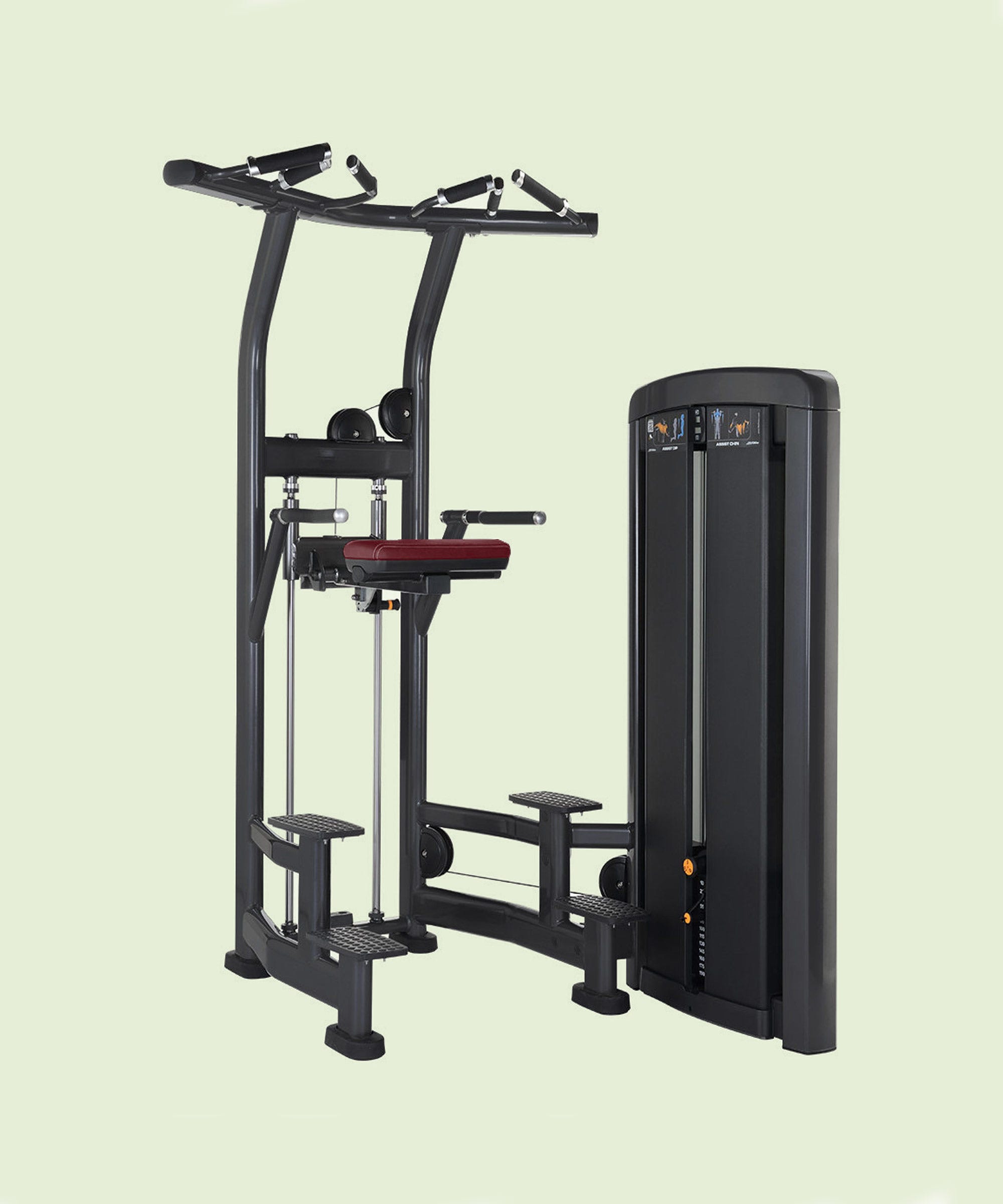
There are some precautions you can take to avoid blisters on your trainers, no matter if you're a marathon runner and/or a casual runner. These include tight laces or improper fitting. A blister on the foot can be very painful if you have ever experienced it.
Avoid blisters caused by trainers
You probably want to avoid blistered feet. Luckily, there are several things you can do to protect your feet and prevent them from occurring. A good first step is to keep your feet clean and dry. You can treat a blister by washing your feet with mild soap and water. Dry them then apply a specialist blister bandage. This will protect your blister from dirt, friction, and pressure. It will also reduce pain. It is important to avoid anything that may irritate this area.
Be sure to fit your feet properly when shopping for shoes. Avoid shoes made out of synthetic materials. Make sure you check the straps. Make sure that the shoe is the right size, because shoes that are too large or too small may create pressure points and cause blisters.
Improperly fitting shoes
Poorly fitting shoes are the most common reason for blisters. This happens when the shoes rub against skin on the feet. The skin layers are separated and fluid is forced to fill in the gaps. Foot blisters can occur in those who are more active than others. However, anyone with well-fitted shoes can still experience them. Blisters can be caused by improper shoe design, wet or moist feet, and even incorrect shoe size.

Consult a podiatrist if you have concerns about blisters. A blister can be painful, but most cases go away on their own without treatment. You should seek medical attention if your blisters persist or become infected. The symptoms of an infection are redness, swelling and warmth.
Strenuous laces
If you run, or engage in any type of activity, it is possible to get blisters from the tight laces on your trainers. There are some simple solutions that can help you prevent blisters due to tight laces. Lock the heel. This will prevent your heel from sliding forward and help to prevent blister formation. This will also keep your toes away from the front of the shoe.
You can prevent blisters from trainers' tight laces by wearing shoes with more holes in their lace. These holes will reduce friction for your feet and help you fit your shoes better. But, this method isn't foolproof. Some shoes may still be too tight which could lead to blisters. A better solution is to have your shoes custom-tied.
Chafing
Chafing blisters are very painful and can cause severe discomfort. But there are ways to avoid them. These include covering your prone areas with a covering or moleskin. Avoid rubbing the feet or exposing them too much to uncomfortable footwear. In most cases, prevention is better than cure, so be sure to follow these tips to prevent chafing blisters.
Apply a lubricant to the areas that you are most likely to get blisters. A&D Ointment and petroleum jelly are all great options. These lubricants may be used to reduce friction in important areas, such as your feet and shoes. These areas include your heels, toes, and top of your instep. A hairdryer can also be helpful for keeping your feet dry and blister-free.

Moleskin
A good way to relieve blisters caused by trainers is to apply moleskin to the affected area. This soft material is thicker than ordinary bandages and will stick to the blister better. Additionally, the friction of the material will be lessened, which can result in blister popping. This can lead to severe pain and increased infection risk.
Moleskin can protect the skin around the wound and prevent future blisters. It helps to prevent the blister from getting rubbed on and prevents future ones. You can either cover the inside of your trainers with it or wrap your feet in moleskin to protect your toes. Even if your shoes have a narrow heel, you can apply it directly to the heel.
FAQ
What is the value of good nutrition?
For our well-being and health, nutrition is essential. A healthy diet is one that includes fruits, vegetables whole grains, lean proteins, dairy, and legumes. Being active and eating healthy foods can help us be more fit, which results in better overall health.
What are Cardio Exercises?
Cardiovascular exercises require your heart and lungs work harder than usual. Jogging, swimming and rowing are just a few examples. These activities can help you lose weight and speed up your metabolism. They can also help you stay fit by strengthening your heart and lungs.
What Does Exercise Do for Your Body?
Exercise can help you lose weight. Build muscle mass, increase energy, reduce stress, and improve quality of your sleep. The benefits of exercise include improved moods, better self-esteem, increased productivity, and reduced risk of heart disease.
Statistics
- According to the Centers for Disease Control and Prevention, chronic diseases cause 7 out of 10 deaths in the U.S., and treating chronic diseases accounts for 86% of U.S. healthcare costs. (mana.md)
- Globally, 81% of adolescents aged 11-17 years were insufficiently physically active in 2016. (who.int)
- Adolescent girls were less active than adolescent boys, with 85% vs. 78% not meeting WHO recommendations of at least 60 minutes of moderate to vigorous intensity physical activity per day. (who.int)
- An estimated 110,000 deaths per year could be prevented (cdc.gov)
External Links
How To
How To Burn Belly Fats Faster
Belly Fat is often considered a problem for those who want to lose weight. When you stop and think about it, Belly Fat can actually be a blessing. It's the amount of fat stored around your stomach that protects your organs from getting damaged. Let's find out how to lose belly fat quickly.
The main factors that lead to body fat storage are stress and lack exercise. Because stress stimulates the release of cortisol hormone, it makes us hungry all the time. Cortisol can increase insulin levels in the blood. The excess calories are stored as fat by insulin. An increased appetite can be caused by a lack of sleep. Exercise helps to break down these extra calories.
There are many different ways to reduce bellyfat. All of these methods can be used, depending on your budget. Here are some quick tips to get rid of belly weight.
-
Reduce your food intake. You should eat smaller meals throughout the day than you would if you ate three big meals. You will eat less calories in general.
-
Make sure you drink plenty of water. Water flushes out toxins, and keeps your body hydrated. Drinking water prior to every meal will ensure that you are satisfied for longer periods of time and won't eat too much.
-
Avoid unhealthy snacks. If you're looking for quick fixes, snack foods like chips, cookies, candies, etc. might seem tempting. These sugary treats have lots of empty calories so avoid them. Choose healthier alternatives such as whole grains, vegetables, fruits, seeds, nuts and seeds.
-
Three times per week, strength training is recommended. Strength training builds muscle mass that burns more calories, even when it is done while you rest. It also strengthens bones, muscles, ligaments, tendons, the heart, lungs, and joints.
-
Move regularly and stretch. Stretching is a great way to increase flexibility and mobility. This helps reduce back pain. Walking is great for burning calories, especially brisk walking for 30 minutes.
-
Reduce alcohol intake. Alcohol adds empty calories to your diet and has no nutritional value whatsoever.
-
Slowly lose weight. Finding out your current weight is the first step in losing weight. Then calculate your ideal weight by adding 5% to 10% of your total body weight. Once you have established your ideal weight, reduce your daily calorie intake by 500 to 1000 calories each day until you achieve your goal.
-
Avoid processed food. These foods are high in salt, sugar, preservatives, and other harmful ingredients. These processed foods are often convenient, but they lack enough nutrients for good health.
-
Don't skip breakfast! Consuming breakfast increases concentration, memory and energy levels. Protein (like eggs), fiber and complex carbohydrates (like oatmeal) should be included in breakfast.
-
Have regular bowel movements. Constipation and irregularity can cause gas and bloating. Drink plenty of water to prevent gas and fiber ingestion.